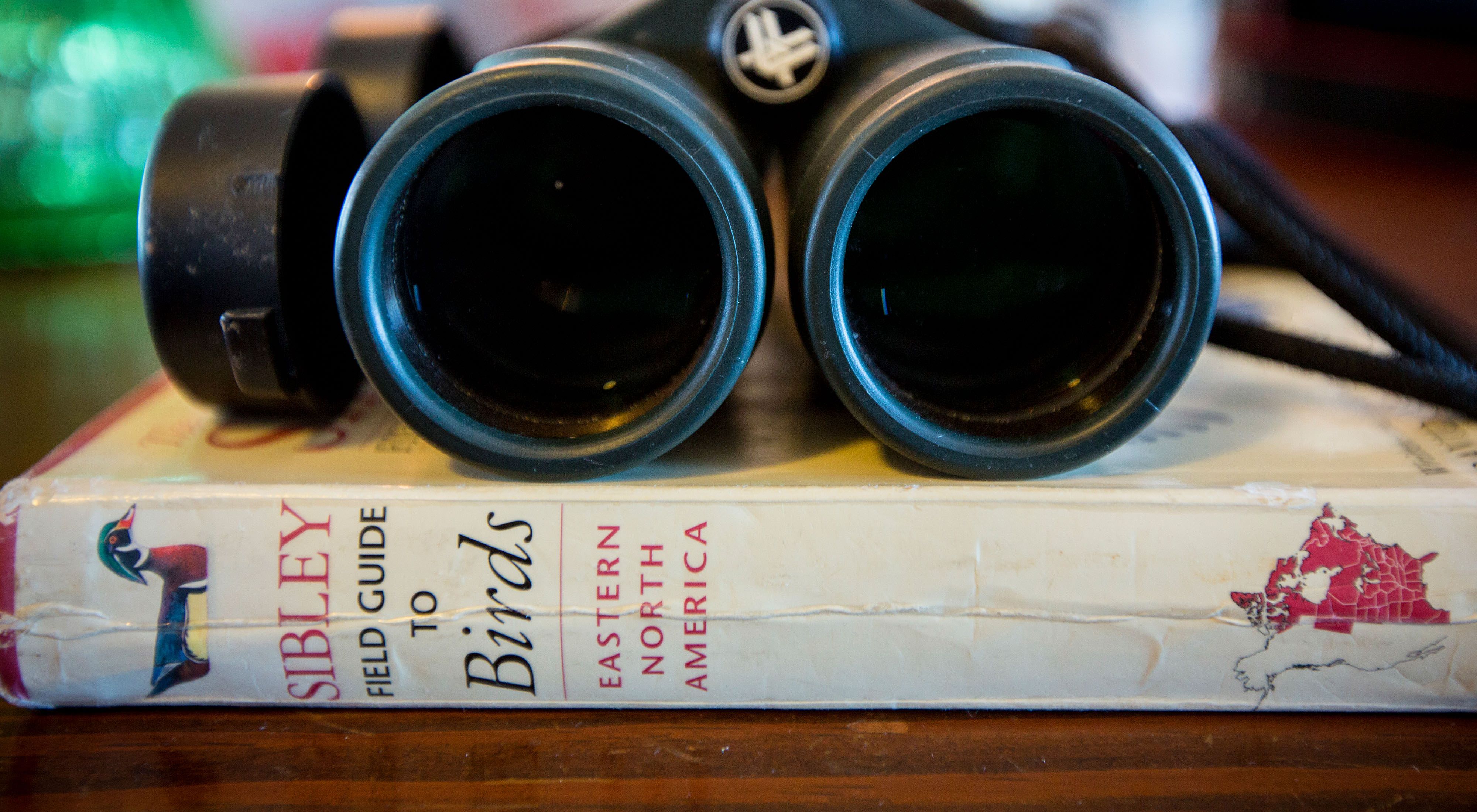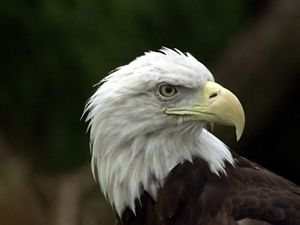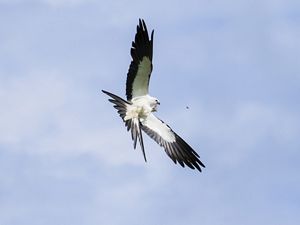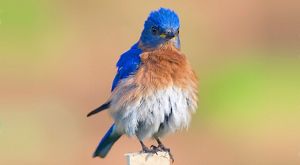Beginning Birding
Want to become a birder but not sure where to start? Learn the basics from former TNC ornithologist Maria Whitehead.
As an ornithologist and The Nature Conservancy’s former Winyah Bay-Pee Dee River program director, Maria Whitehead has spent hundreds of hours monitoring eagles, wood storks, swallowtail kites and other birds. Here, she sharing some birding tips with us!
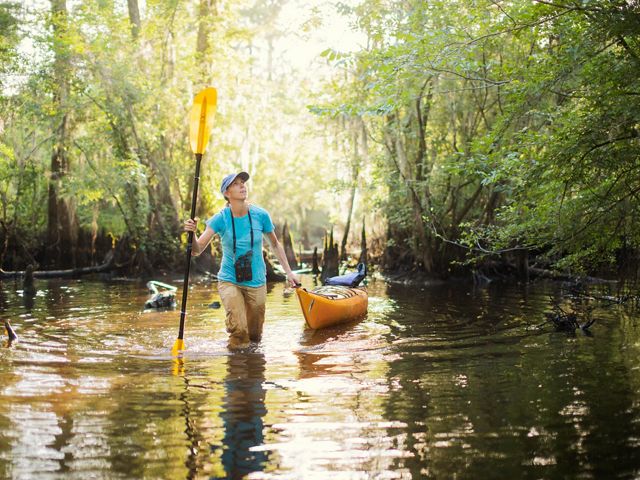
Do you have any special tips for spotting eagles?
Eagles are easiest to see when they’re perched in a tree near their hunting grounds. They like areas with slow-moving water, like reservoirs and historic rice fields. Look for them when you’re canoeing or kayaking.
We have both year-round eagles in South Carolina and others that migrate in spring and fall. Their white heads and tails disappear into the clouds when they’re flying high during migration, so we tell people to look for “headless” birds—it’s a unique shape!
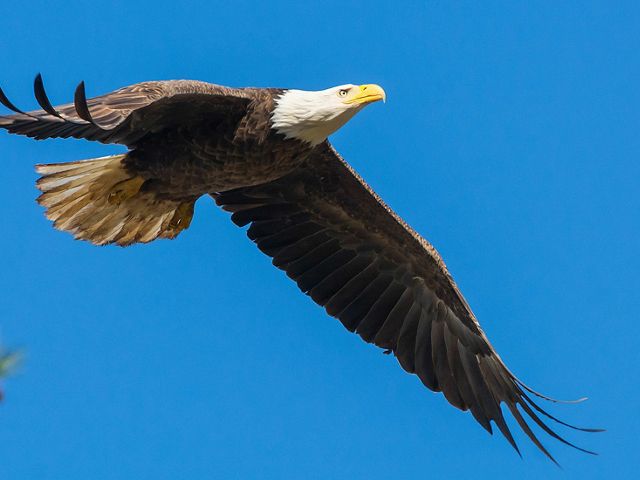
What about other birds?
In your backyard! If you have a feeder, often you can get an extended look at a bird and even have time to pull out a field guide. Cardinals, chickadees and titmice are common and easily identified.
With roughly 427 species in South Carolina, birds can be challenging to identify in the wild. Set a goal first of classifying the bird’s family or guild, such as woodpecker, wading bird or hawk.
Next, focus on the three “s clues”: shape, seasonality, system (or habitat). “Shape” includes size, color and patterns; “seasonality” suggests types of birds that migrate at certain times of year; and “system” helps narrow down to waterfowl, forest dwellers, etc. Remember, though, that these are clues, not rules. Variation is everywhere in the natural world!
Support South Carolina Nature
Help us work with landowners and ensure a future in which people and nature can thrive.
